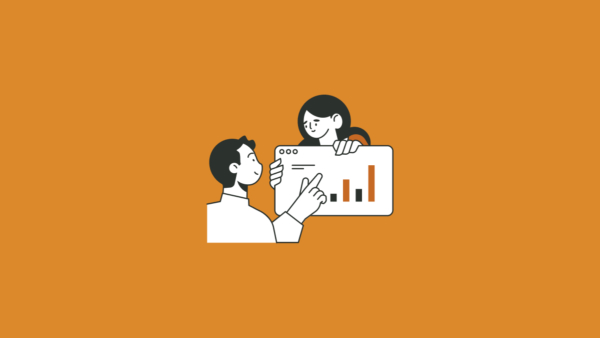CTFA: Secret Weapon for Your Intro Programming Course
If you’re teaching an introductory programming course in Python, Java, C++, or C, you’ve probably looked for additional resources that present the bigger picture of computing and computing devices. That’s where Computing Technology for All (CTFA) comes in. It’s essentially the “everything else you need to know” book that fills in all the gaps surrounding programming itself for introductory-level courses. Many instructors using zyBooks have benefited from combining CTFA with their Programming titles.
The Power of the Combined Approach
While the Introduction to Programming titles focus on syntax, constructs, and algorithms, CTFA covers how computers actually work—hardware basics, memory hierarchies, operating systems, and how code gets translated from high-level languages to machine instructions. Students learn about bits and data representation, which helps them understand data types and memory limitations. They grasp how the CPU, cache, and memory interact, which explains why certain operations are faster than others.
Using both books together means students aren’t just learning how to code—they understand why things work the way they do. The combination approach also prepares students for real-world development by covering the modern computing ecosystem: computer hardware components, web technologies, operating system varieties, and AI basics.
Suggested CTFA Content for Your Programming Course
In a programming course, not every chapter in CTFA needs equal emphasis—here are sections that you may find are valuable additions to pair with an Introduction to Programming title:
| Chapter/Sections | Why It Matters for Programming |
| 1.4 Computers all around us 1.5 Representing information as bits 1.6 Naming numerous bits | Gives context as to why computing and programming is important. Helps students understand how data types and variables are stored in memory. |
| 2.1 Basic hardware 2.2 Cache, memory, drive | Details the physical parts of the computer, where data lives, and why memory matters. |
| 2.8 Programming: Machine language 2.9 Programming: Assembly language 2.10 Programming: High-level language | Explains the progression from machine language to the high-level language students are learning in their intro class. Demystifies what compilers/interpreters actually do. |
| Chapter 4 The Internet and Web | Provides a general history and description of the internet and basic web programming practices. |
| 5.1 Operating system basics 5.2 Evolution of operating systems | Shows how programs run and interact with the different types of operating systems. |
| 10.2 Information system development 10.3 Information systems career paths | Creates the connection to software development and differentiates the fields of computer science and information systems. |
| 12.2 AI basics 12.3 Generative AI and LLMs 12.4 AI ethics | Helps students understand how AI can be a useful tool, but also the ethical implications of AI. |
| 13.2 Computational problem solving 13.4 Abstraction in computing | Covers how to break down and solve complex problems. |
The Bottom Line
Pairing CTFA with your Introduction to Programming title can benefit your students by weaving in foundational concepts as you teach coding. The result? Students gain a high-level context alongside programming skills, making them more confident, capable programmers who understand how their code fits into the broader technology landscape.



